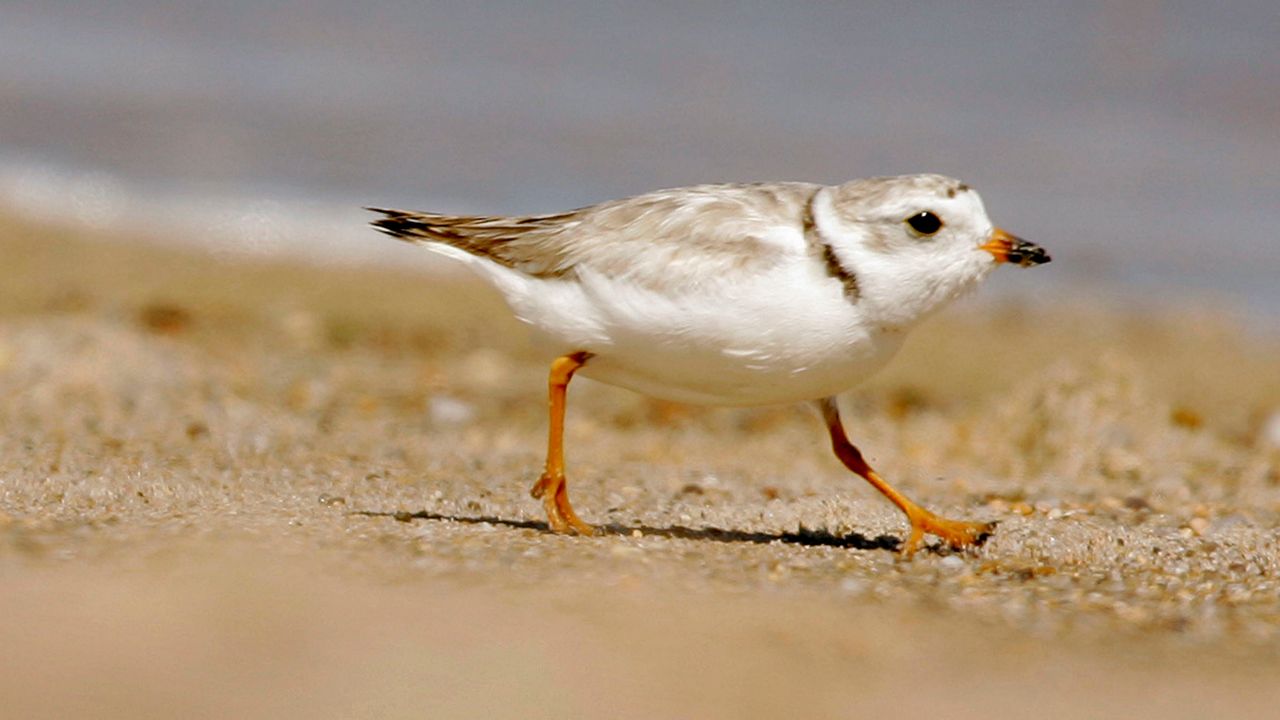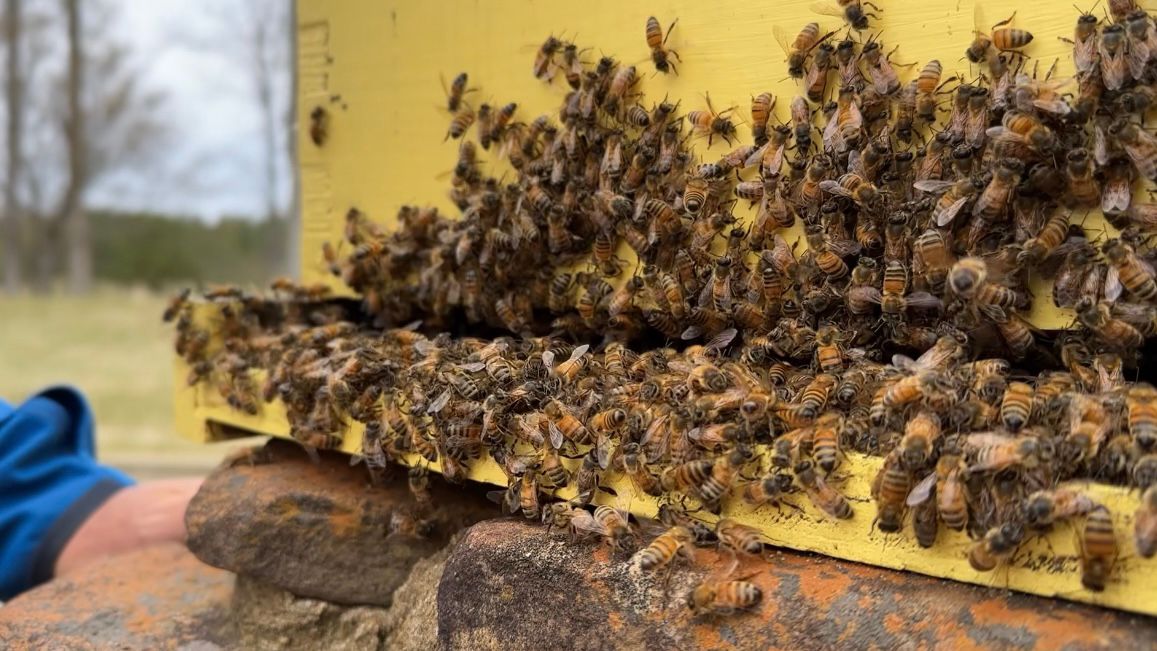It’s seabird nesting season, and North Carolina wildlife officials are asking beachgoers to be aware as they stroll along the coast or visit islands.
Nests and chicks usually are well-camouflaged and easy to step on, biologists with the N.C. Wildlife Resources Commission said Wednesday in a news release. They urge beachgoers to “share the shore” and give birds space.
“Birds have their ways of letting you know when you’re too close,” Carmen Johnson, a waterbird biologist for the agency, said in release. “They’ll call loudly and dive at you. Some species will pretend to have a broken wing to lure you or other perceived predators away from the nest and chicks.”
A safe distance is at least 50 yards, the agency says.
Several species make their nests along the North Carolina coast – including terns, plovers and American oystercatchers. Many migrate long distances to lay eggs and raise chicks here in spring and summer, the wildlife agency says.
Wildlife officials ask beachgoers to help shorebirds by:
- Keeping dogs leashed — dogs may chase and harass birds, as well as trample nests, killing chicks
- Following beach driving regulations, drive only on the lower part of the beach and slowly enough to avoid running over chicks
- Disposing of trash properly, including bait and fish scraps, which can attract predators such as gulls, raccoons, feral cats and foxes
- Discarding fishing line and kite string in an appropriate receptacle — these materials can entangle and kill birds and other wildlife
- Abstaining from feeding gulls — they are a major predator of young chicks and eggs
- Avoiding flying drones and kites near nesting colonies — they may be mistaken for a predator
The wildlife agency asks people who see someone disturbing beach-nesting birds to call 800-662-7137.






